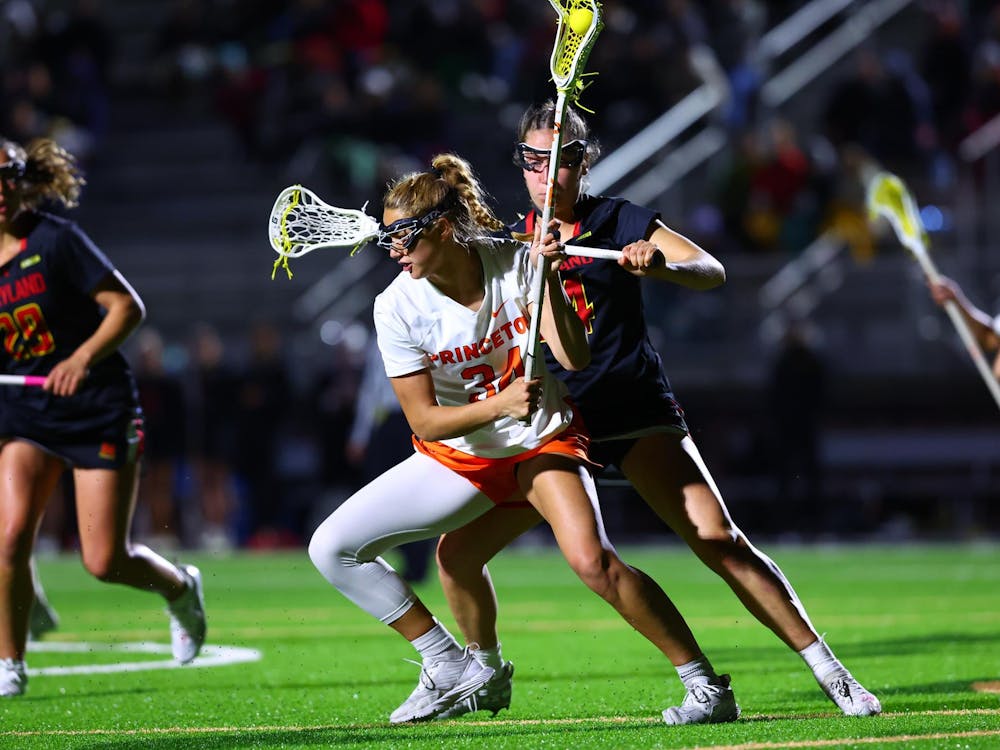The exhibition “Learning to Fight, Fighting to Learn: Education in Times of War,” which gives a historical perspective on American wars’ impact on the University, is currently on display in the Mudd Library.
The exhibition includes articles and photographs from the French and Indian War through the Vietnam War, artifacts on the Manhattan Project, as well as personal information about each Princetonian who died in World War II. In addition to the main exhibit, there is a temporary installment on the Gulf War.
The exhibit shows how, during WWII, the University amped up its science and defense research, contributing to the development of the atomic bomb.
Sara Logue, April C. Armstrong, Christa Cleeton, and Rosalba Varallo Recchia, all librarians at the Mudd Library, curated the exhibition. Valencia Johnson, an archival fellow at the Mudd Library, designed the graphics for the exhibition.
In the past, wars have had a big impact on the University, according to Johnson. The enrollment base of the University would fundamentally shift during wartime, she said.
For example, WWI caused the University to amend its admissions requirements, requiring one less high school credit of matriculating students. The Latin requirement was also removed to increase the breadth of the University’s applicant pool during the war.
“You see more enrollment of African Americans and women and African American Women,” Johnson said.
WWII led to a program called “Seventy Books for Students in the Armed Forces” that allowed soldiers to receive three books from a list of 70 while they were at war.
“Americans [soldiers] were not casual readers,” Logue said. “College students used these books as a way to enhance and keep up with their education.”
These war-time programs were critical to helping ensure that education felt like a post-war possibility, according to Johnson.
Student support of the country’s wars has decreased since WWI, Logue said. She added that there was a big difference between student involvement in WWI and the Vietnam war, for example.
“I believe every student would have gone to war in World War I,” she explained.

Like a large part of the American public, Princeton students largely did not support the Vietnam War, according to Logue. “They didn’t feel they needed to be there,” she said.
According to the exhibit curators, the current campus culture is very different from how the University functioned during wars, particularly during WWI and WWII. They stressed that the exhibit will help keep the current University community from lose its historical perspective.
The exhibition will continue through Reunions of 2018.
University Vice President and Secretary Robert Durkee ’69, Trustee Robert Rivers ’53, and Director of the Army Officer Education Program for ROTC lieutenant colonel Kevin McKiernan discussed the impact of twentieth-century wars on University life at a panel Wednesday, Feb. 28.








